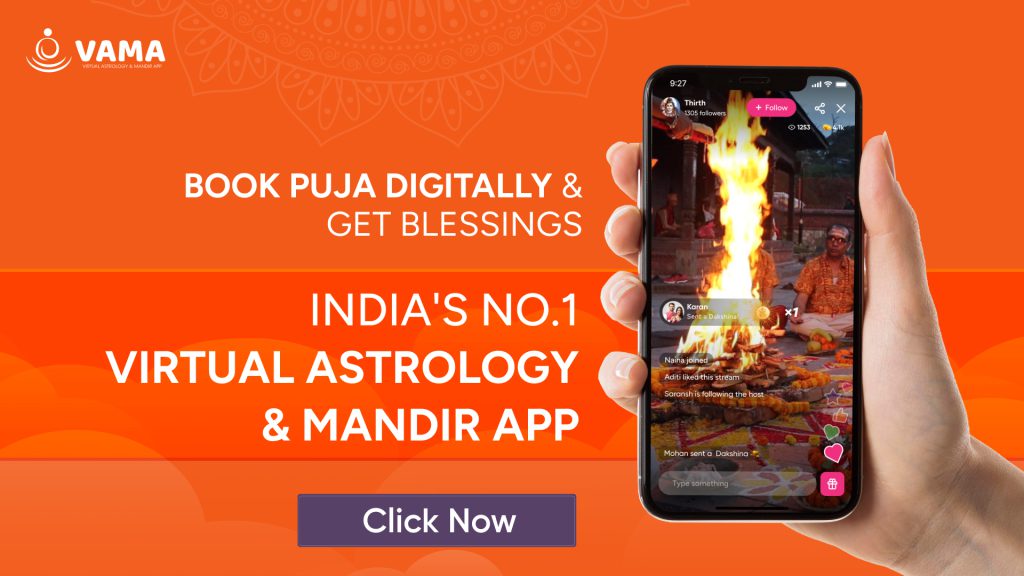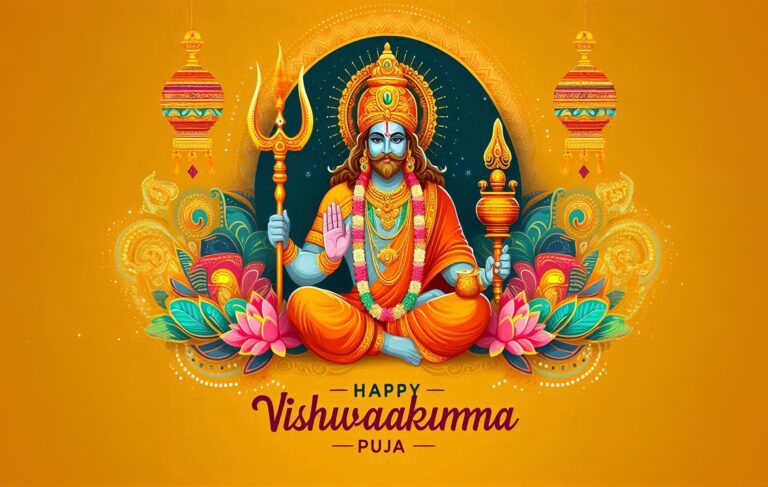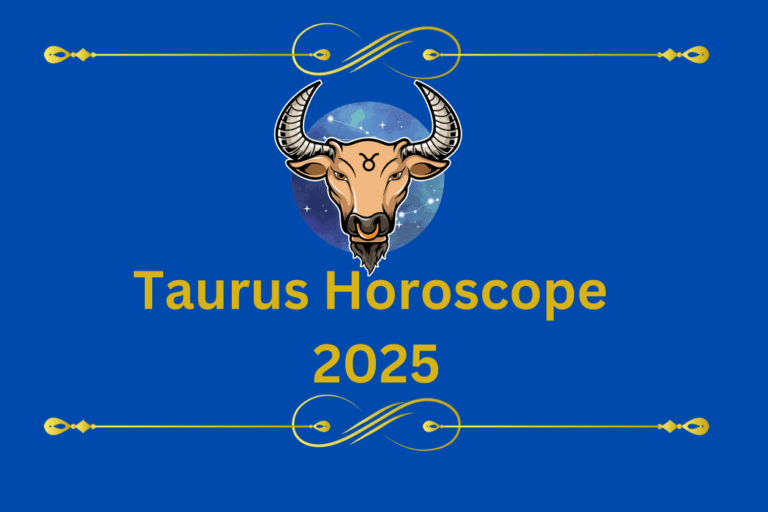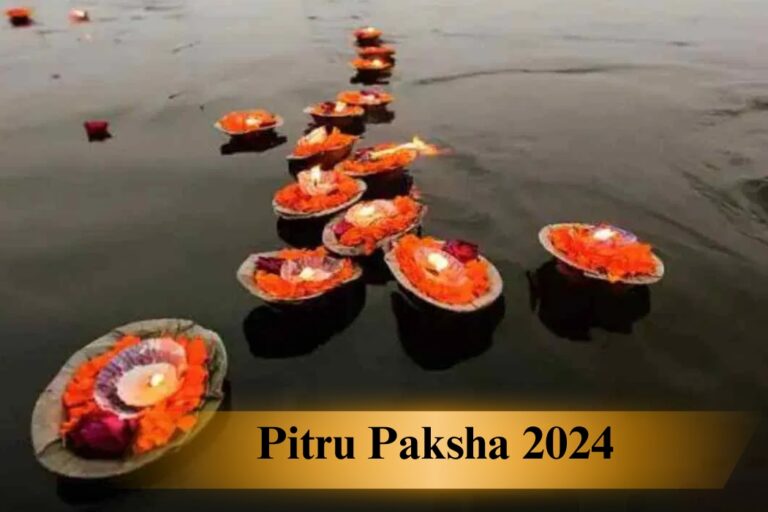Dussehra 2023- Know its significance, as observed in different parts of India
"Dive into the profound significance of Dussehra, where good conquers evil, and discover the empowering spirit of triumph and unity."

Dussehra, also known as Vijayadashami, is a festival that lights up the diverse tapestry of India with a unified message of victory. It’s a celebration that transcends regional boundaries and cultural variations, personifying the triumph of good over evil. In this blog, we will explore the grandeur of Dussehra and its significance across the length and breadth of the country.
Significance of Dussehra
The significance of Dussehra, also known as Vijayadashami, lies in its deep-rooted symbolism and the important messages it conveys.Following are some of the ways in which people relate with its spiritual and historical importance.
1.Triumph of Good over Evil: Dussehra is primarily celebrated to commemorate the victory of good over evil. The central legend of Dussehra is the triumph of Lord Rama over the demon king, Ravana, symbolising the victory of righteousness over unrighteousness. This overarching theme serves as a powerful reminder of the eternal battle between moral values and hostility.
2. Reiteration of Moral Values: Dussehera encourages people to embark on the path of moral values and righteousness in their lives. It serves as a reminder that goodness and virtue will always prevail over wickedness and vice. Lighting on this day is often seen as a symbol of knowledge and spiritual awakening, dispelling the darkness of ignorance.
3. Cultural Significance: Dussehra is not only a religious festival but also a cultural celebration. It provides an opportunity for communities to come together and celebrate their cultural heritage through various artistic performances, including dance, music, and reenactments of mythological stories.
4. Worship of the Divine Feminine: In some parts of India, Dussehra marks the end of the nine-day Navaratri festival dedicated to the worship of Goddess Durga. Devotees seek the blessings of the divine feminine energy and acknowledge her victory over the buffalo demon Mahishasura, symbolising the power of the goddess over demonic forces.
5. Symbolism of the Nine Nights: In many parts of India, Dussehra is celebrated over a period of nine nights, known as Navaratri. Each night is dedicated to the worship of a specific aspect of the divine, often represented by a different form of Goddess Durga. These nights symbolise the gradual buildup of spiritual energy, culminating in the victory on the tenth day.
6. Removal of Inner Demons: Dussehra also symbolises the inner journey of individuals. The act of burning effigies of Ravana and his ten heads represents the purification of one’s inner self by eliminating negative traits such as ego, anger, greed, and lust. It encourages self-reflection and personal transformation.
7. Renewal and Reflection: It’s a time for personal renewal and reflection. Dussehra reminds individuals to evaluate their actions, make amends for any wrongdoings, and renew their commitment to leading virtuous lives.
8. Unity and Togetherness: Dussehra brings communities and families together. It is a time for people to connect, share, and celebrate as one. The festive spirit and collective rituals foster a sense of unity and bonding among people.This sense of togetherness and the exchange of good wishes foster spiritual and social harmony.
9. Historical and Mythological Importance: Dussehra is not only associated with the Ramayana but also holds historical significance. It marks the end of Lord Ram’s 14 year exile and his return to Ayodhya, a momentous event in Indian history.

Ravana’s Intelligence Irony
Ravan was known for his intelligence. When he used his intelligence for hostile purposes, it led to his downfall. Also, he allowed his ego and arrogance to overshadow his wisdom and knowledge. In that case, his intelligence couldn’t save him from the consequences of his actions and the triumph of righteousness embodied by Lord Rama. In short, it imparts the lesson to the followers to never let arrogance lead to one’s downfall. This festival is packed with numerous lessons packed with gestures to pay respect to Lord Rama.
Further, have you ever wondered how people celebrate Dussehra across the country? Curious to know it, let’s dive down into every part of the country.
North India
- Ram leela- In northern states, especially in Uttar Pradesh and Bihar, the nine days are celebrated with full excitement by enacting the dramatic event. People come up with the devotion in their heart to reminisce about the legendary tales of mythology.
- Burning of effigy– The highlight of Dussehra is the burning of huge effigies of Ravana, his brothers, and his ten heads, symbolising the destruction of evil. It is followed by fireworks displays.
South India
- Mysore Dasara: In Karnataka, Mysore Dasara is a grand affair with a decorated elephant leading a procession through the city. It features cultural performances and music. The Mysore palace is illuminated beautifully.
- Bommai Kolu: In Tamil Nadu, people arrange figurines and dolls in a stepped display called Bommai Kolu. The festival here emphasises the worship of goddess Saraswati.
3. West India
- Navratri and Garba: In Gujarat, Dussehra is an extension of the nine-day Navaratri festival. People participate in traditional Garba and Dandiya Raas dances, worshipping Goddess Durga.
- Ravana Dahan: The burning of effigies of Ravana, Meghnad, and Kumbhakarna is a common practice in many parts of western India.
4. East India
- Durga Puja: In West Bengal, Dussehra coincides with the conclusion of the grand Durga Puja festival. Elaborate pandals (temporary structures) house artistic idols of Goddess Durga, and the city comes alive with cultural events and processions.
- Vijaya Dashami: In Odisha, Dussehra is celebrated as Vijaya Dashami. It includes the worship of Goddess Durga and the immersion of idols in rivers.
5. Central India:
- Ramlila Processions: Many parts of central India also celebrate Dussehra with grand Ramlila processions and the burning of Ravana’s effigies.
6. Punjab and Haryana:
- Ravana Vadha: In some regions, Dussehra is celebrated with enthusiasm. In Punjab and Haryana, it marks the end of the Navratri fast, with people enjoying festive meals.
7. Kerala:
- Saraswati Puja: In Kerala, Ayudha Puja is observed, focusing on the worship of tools and instruments. Students also celebrate Saraswati Puja to seek blessings for their studies.
Regardless of regional variations, Dussehra is a time for families and communities to come together, witness traditional performances, offer prayers, and celebrate the victory of good over evil. It serves as a unifying festival, reminding people of the eternal battle between righteousness and malevolence. The burning of effigies symbolises the purification of one’s inner self, and it’s a time for reflection and renewal. Dussehra is a festival that unites India in the spirit of hope, virtue, and religion.
Mantras to Chant on Dussehra Day
“Om Shri Ram Jai Ram Jai Jai Ram.”
This mantra is dedicated to Lord Rama and can be chanted with devotion to seek his blessings and guidance. Chanting this mantra during Dussehra or any time is believed to bring peace, prosperity, and success.
Last Thoughts
In essence, Dussehra is a celebration of light triumphing over darkness, good prevailing over evil, and unity in diversity. It holds a mirror to the enduring values of righteousness, morality, and the strength of community. As the effigies of Ravana are set ablaze and diverse traditions unite in celebration, Dussehra signifies the profound significance of goodness in the grand story of life.





